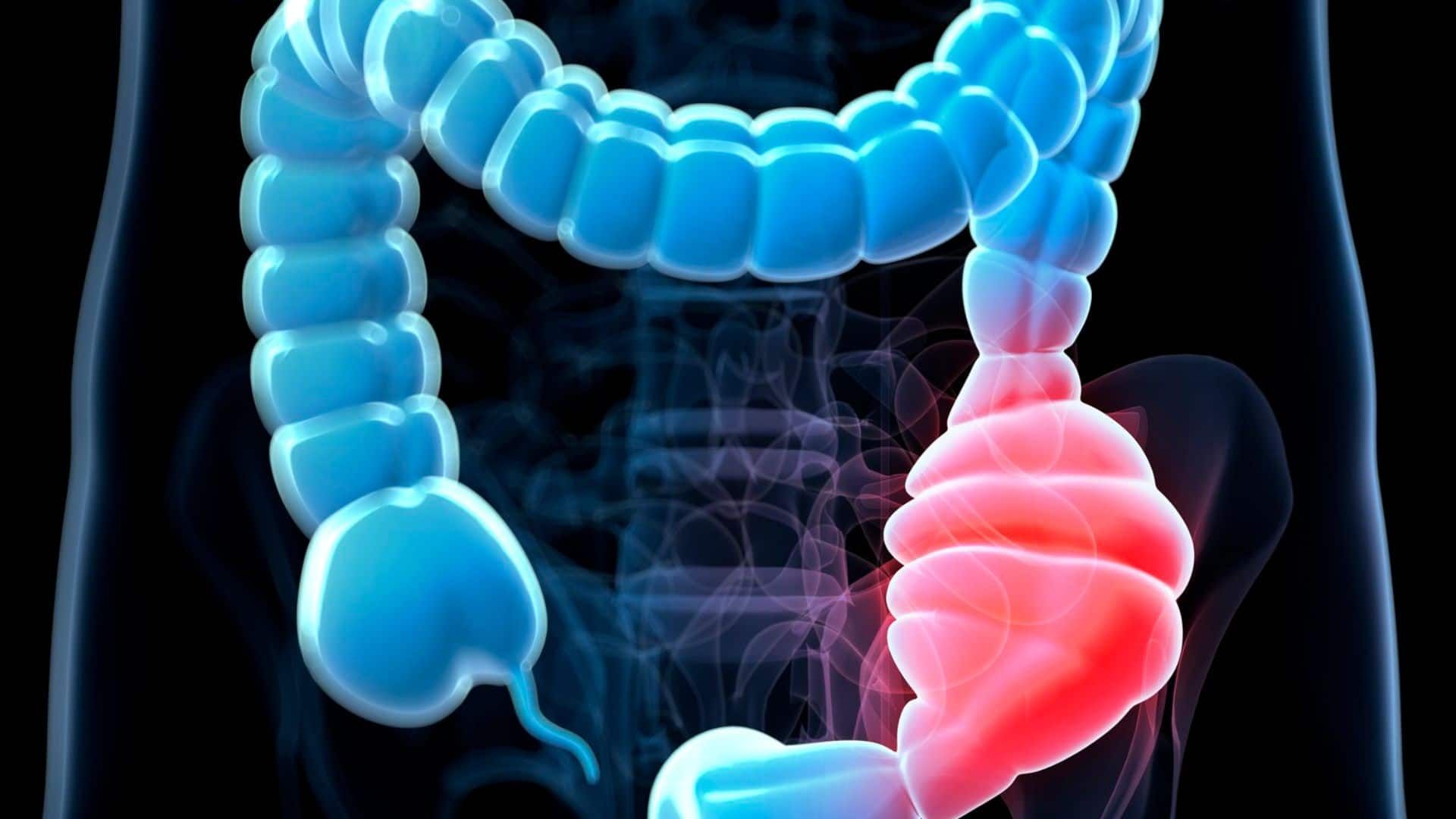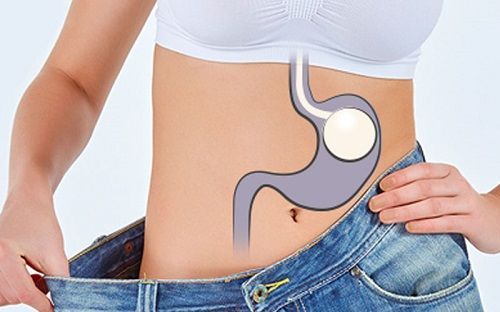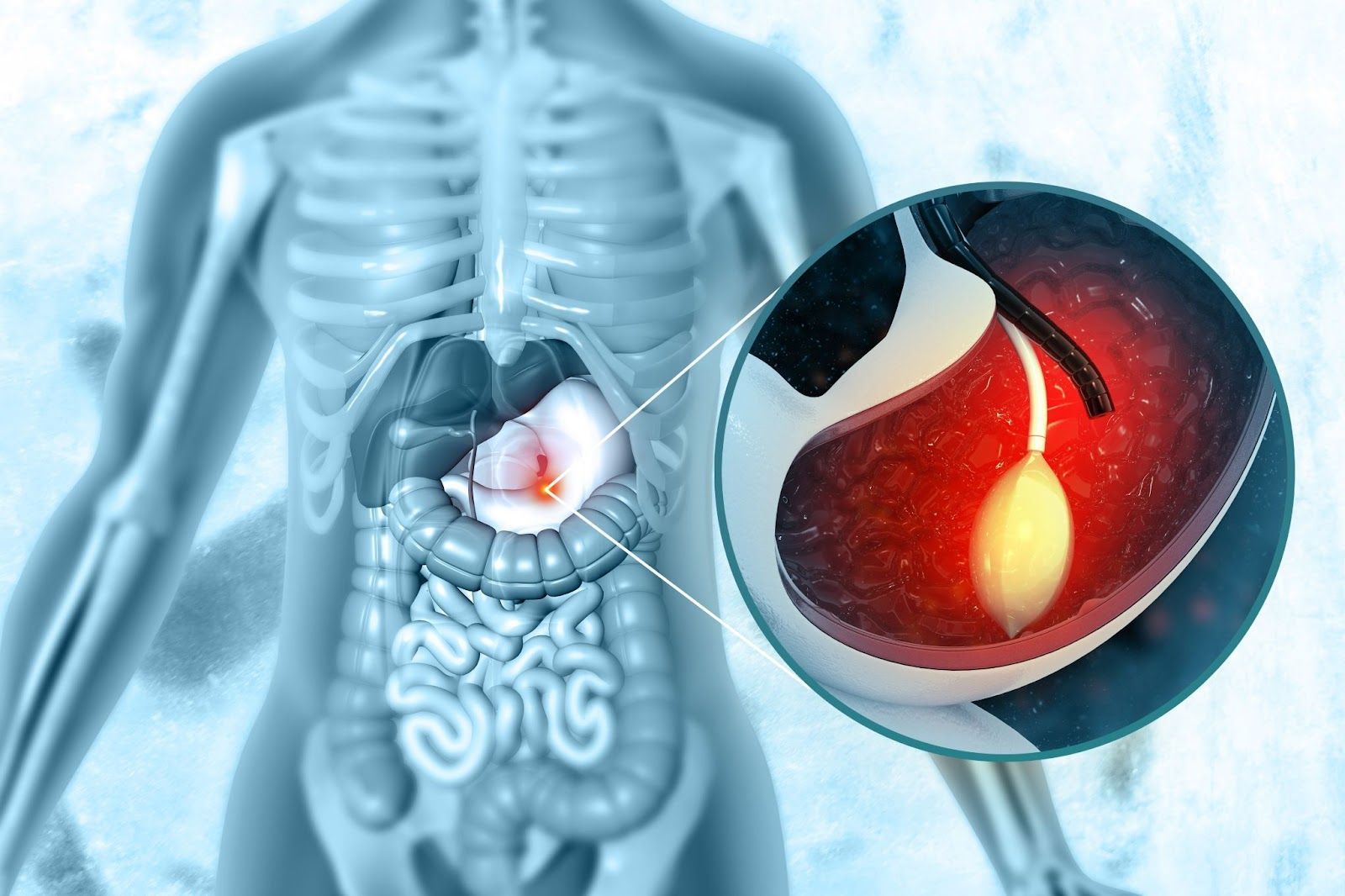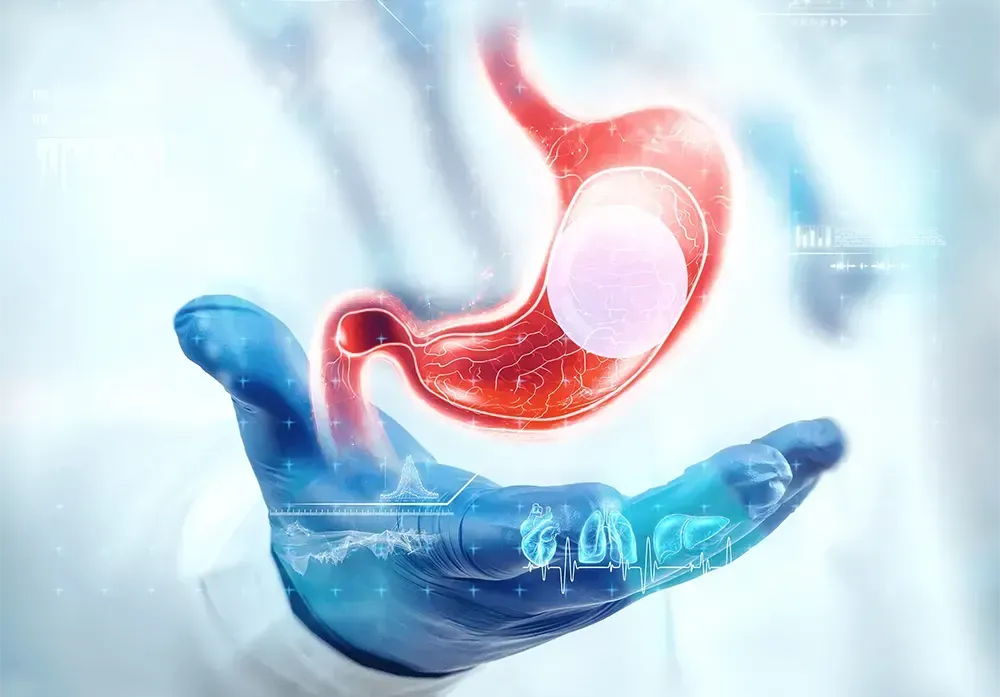Hemorrhoid Banding: A Minimally Invasive Treatment Option
Hemorrhoids are a common condition that can cause discomfort and pain. Hemorrhoid banding, also known as rubber band ligation, is a minimally invasive procedure used to treat hemorrhoids effectively. In this article, we will explore the benefits of hemorrhoid banding as a treatment option for individuals experiencing digestive issues related to hemorrhoids.
Understanding Hemorrhoids: Causes and Symptoms:
Hemorrhoids are swollen veins in the rectum or anus that can result from straining during bowel movements, chronic constipation, or pregnancy. Symptoms may include pain, itching, and bleeding during bowel movements. Understanding the underlying causes and symptoms of hemorrhoids is crucial for effective management.
Hemorrhoid Banding Procedure: How It Works:
Hemorrhoid banding involves placing a small rubber band around the base of the hemorrhoid to cut off its blood supply. This causes the hemorrhoid to shrink and eventually fall off, providing relief from symptoms. The procedure is typically quick, minimally invasive, and performed in an outpatient setting.
Benefits of Hemorrhoid Banding for Digestive Health:
Hemorrhoid banding offers several benefits for individuals experiencing hemorrhoid-related digestive issues. It is a safe and effective treatment option that can provide long-lasting relief from symptoms such as pain, bleeding, and discomfort. Hemorrhoid banding also has a low risk of complications and a quick recovery time.
Recovery and Follow-Up Care After Hemorrhoid Banding:
Following hemorrhoid banding, patients may experience mild discomfort or bleeding, which can be managed with over-the-counter pain medications and a sitz bath. It is essential to follow post-procedure care instructions provided by the healthcare provider and attend follow-up appointments to monitor healing and address any concerns.
In conclusion, hemorrhoid banding is a minimally invasive and effective treatment option for individuals seeking relief from hemorrhoid-related digestive issues. By understanding the procedure, its benefits, and the importance of post-procedure care, individuals can take proactive steps towards improving their digestive health and overall well-being.










